Art and Society | Workshop
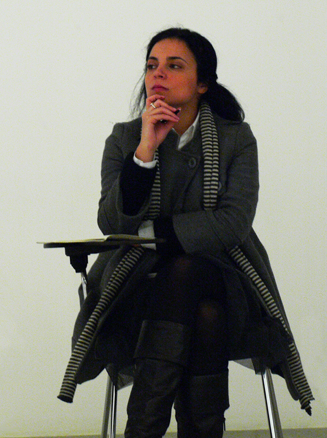 Reading Room #1. Art & Postfordism, workshop, February 26th, 2010. Nomas Foundation, Rome. Courtesy Nomas Foundation. Ph. Karolyna Szewczyk
Reading Room #1. Art & Postfordism, workshop, February 26th, 2010. Nomas Foundation, Rome. Courtesy Nomas Foundation. Ph. Karolyna Szewczyk
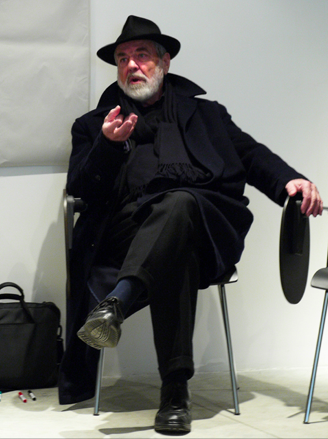 Reading Room #1. Art & Postfordism, workshop, February 26th, 2010. Nomas Foundation, Rome. Courtesy Nomas Foundation. Ph. Karolyna Szewczyk
Reading Room #1. Art & Postfordism, workshop, February 26th, 2010. Nomas Foundation, Rome. Courtesy Nomas Foundation. Ph. Karolyna Szewczyk
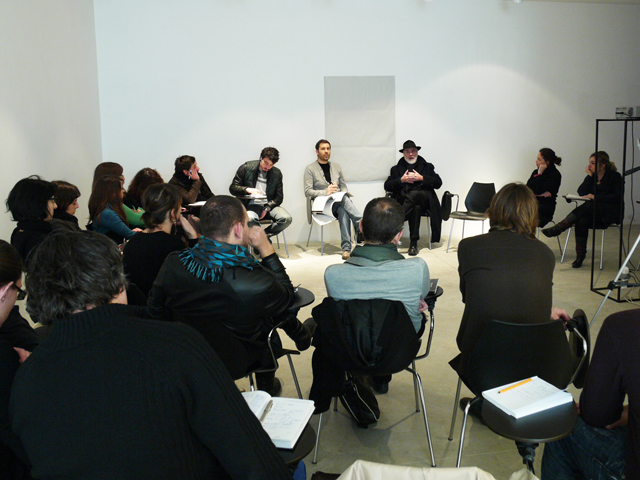 Reading Room #1. Art & Postfordism, workshop, February 26th, 2010. Nomas Foundation, Rome. Courtesy Nomas Foundation. Ph. Karolyna Szewczyk
Reading Room #1. Art & Postfordism, workshop, February 26th, 2010. Nomas Foundation, Rome. Courtesy Nomas Foundation. Ph. Karolyna Szewczyk
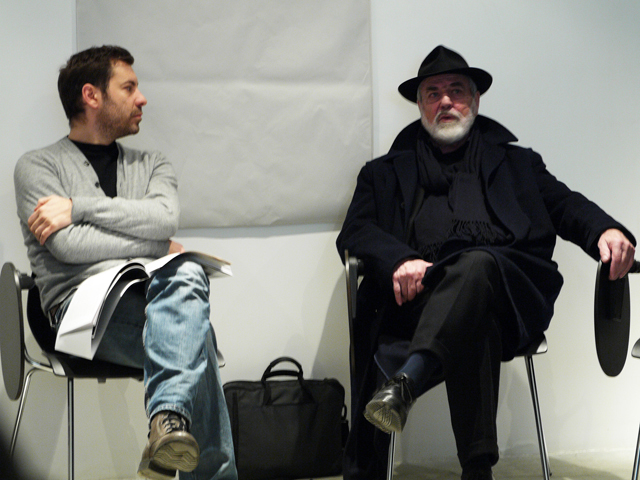 Reading Room #1. Art & Postfordism, workshop, February 26th, 2010. Nomas Foundation, Rome. Courtesy Nomas Foundation. Ph. Karolyna Szewczyk
Reading Room #1. Art & Postfordism, workshop, February 26th, 2010. Nomas Foundation, Rome. Courtesy Nomas Foundation. Ph. Karolyna Szewczyk
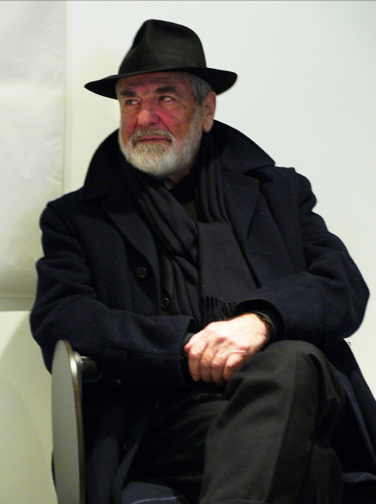 Reading Room #1. Art & Postfordism, workshop, February 26th, 2010. Nomas Foundation, Rome. Courtesy Nomas Foundation. Ph. Karolyna Szewczyk
Reading Room #1. Art & Postfordism, workshop, February 26th, 2010. Nomas Foundation, Rome. Courtesy Nomas Foundation. Ph. Karolyna Szewczyk
February 26th, 2010 from 10.00am to 1.00pm
Nomas Foundation, Via Somalia 33
On the occasion of the first appointment with the Reading Room, Nomas Foundation proposes to its audience a workshop with Michelangelo Pistoletto, Pascal Gielen, Luigi Coppola on art and society.
Places are limited please book by email at info@nomasfoundation.com
Paul De Bruyne is Research Professor at Fontys College for the Arts, The Netherlands. He has written extensively on dance, theatre, opera and film. His last but one book A Parade of Colour and Sound - The music of Luc Mishalle & Co (2009) deals with music in a multicultural society.
Pascal Gielen is professionally based at the University of Groningen as a sociologist of the arts and he has the research chair ‚ÄėArts in Society‚Äô at the Fontys College for the Arts in Tilburg. Books written by Gielen are Art in Networks (2003) and as co-author with Rudi Laermans An Environment for Contemporary Art (2004) and Cultural Good (2005). Gielens recent monographs are The Unattainable Inside of the Past (2007) and The Art Institution (2007). In 2009 Gielen edited together with Paul De Bruyne the book Being an artist in Post-Fordist Times (NAi) and he published his new monograph The Murmuring of the Artistic Multitude. Global Art, Memory and Post-Fordism (Valiz).
Michelangelo Pistoletto born in Biella (Italy) in 1933. He began to exhibit his work in 1955 and in 1960 he had his first solo show at Galleria Galatea in Turin. An inquiry into self-portraiture characterizes his early work. In the two-year period 1961-1962 made the first Mirror Paintings, which directly include the viewer and real time in the work, and open up perspective, reversing the Renaissance perspective that had been closed by the twentieth-century avant-gardes. These works quickly brought Pistoletto international acclaim, leading, in the sixties, to one-man shows in important galleries and museums in Europe and the United States. The Mirror Paintings are the foundation of his subsequent artistic output and theoretical thought. In 1965 and 1966 he produced a set of works entitled Minus Objects, considered fundamental to the birth of Arte Povera, an art movement of which Pistoletto was an animating force and a protagonist. In 1967 he began to work outside traditional exhibition spaces, with the first instances of that ‚Äúcreative collaboration‚ÄĚ he developed over the following decades by bringing together artists from different disciplines and diverse sectors of society. In 1975-76 he presented a cycle of twelve consecutive exhibitions, Le Stanze, at Galleria Stein in Turin. This was the first of a series of complex, year-long works called ‚Äútime continents‚ÄĚ. Others are White Year (1989) and Happy Turtle (1992).
In 1978, in a show at Galleria Persano in Turin, Pistoletto defined two main directions his future artwork would take: Division and Multiplication of the Mirror and Art Takes On Religion. In the early eighties he made a series of sculptures in rigid polyurethane, translated into marble for his solo show in 1984 at Forte di Belvedere in Florence. From 1985 to 1989 he created the series of ‚Äúdark‚ÄĚ volumes called Art of Squalor. During the nineties, with Project Art and with the creation in Biella of Cittadellarte - Fondazione Pistoletto and the University of Ideas, he brought art into active relation with diverse spheres of society with the aim of inspiring and producing responsible social change. In 2003 he won the Venice Biennale‚Äôs Golden Lion for Lifelong Achievement. In 2004 the University of Turin awarded him a laurea honoris causa in Political Science. On that occasion the artist announced what has become the most recent phase of his work, Third Paradise. In 2007, in Jerusalem, he received the Wolf Foundation Prize in the Arts, ‚Äúfor his constantly inventive career as an artist, educator and activist whose restless intelligence has created prescient forms of art that contribute to fresh understanding of the world.‚ÄĚ
Paolo Virno is an Italian philosopher, semiologist and a figurhead for the Italian Marxist movement. Implicated in belonging to illegal social movements during the 60’s and 70’s, Virno was arrested and jailed in 1979, accused of belonging to the Red Brigades. He spent several years in prison before finally being acquitted, after which he organized the publication Luogo Comune (lit. Cliché in Italian) in order to vocalize the political ideas he developed during his imprisonment. Virno Currently teaches at the University of Rome.